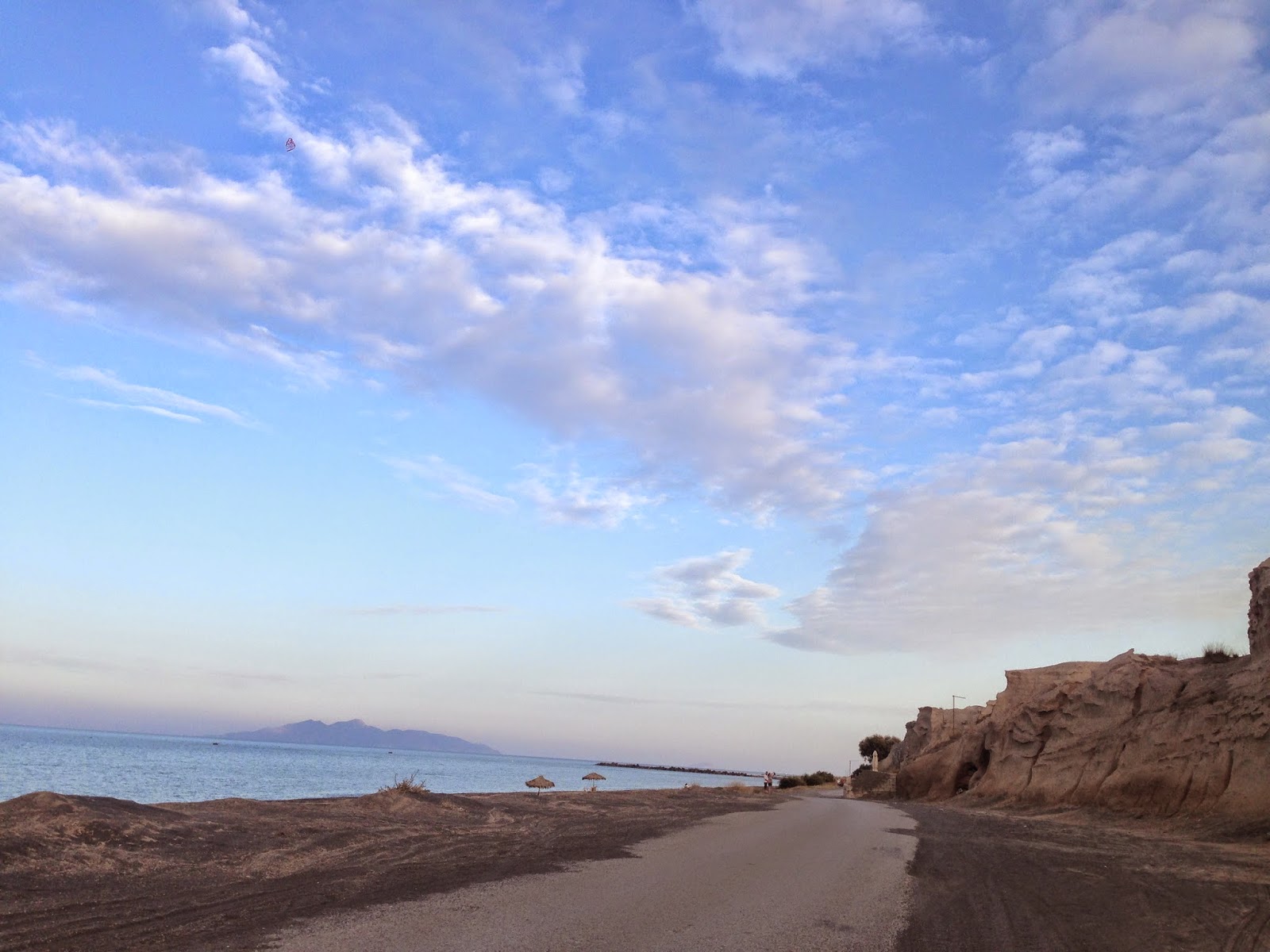 |
| The word acropolis literally means in Greek "upper city," and though associated primarily with the Greek cities Athens, Argos, Thebes, and Corinth (with its Acrocorinth), may be applied generically to all such citadels, including Rome, Jerusalem, Celtic Bratislava, many in Asia Minor, or even Castle Rock in Edinburgh. An example in Ireland is the Rock of Cashel. Acropolis is also the term used by archaeologists and historians to the urban Castro culture settlements located in Northwestern Iberian hilltops. The most famous example is the Acropolis of Athens, which, by reason of its historical associations and the several famous buildings erected upon it (most notably the Parthenon), is known without qualification as the Acropolis. Although originating in the mainland of Greece, use of the acropolis model quickly spread to Greek colonies such as the Dorian Lato on Crete during the Archaic Period. |
 |
| At Doctor fish Spa.... |
 |
| 10 years old in Athens ..playing for money. |
 |
| Sorry ...where are we? |
 |
| Paros is a Greek island in the central Aegean Sea. One of the Cyclades island group, it lies to the west of Naxos,
from which it is separated by a channel about 8 kilometres (5 miles)
wide. It lies approximately 100 mi (161 kilometres) south-east of Piraeus. The Municipality
of Paros includes numerous uninhabited offshore islets totaling 196.308
square kilometres (75.795 sq mi) of land. Its nearest neighbor is the
municipality of Antiparos, which lies to its southwest. Historically, Paros was known for its fine white marble, which gave rise to the term "Parian" to describe marble or china of similar qualities.Today, abandoned marble quarries and mines can be found on the island, but Paros is primarily known as a popular tourist spot. |
 |
| Panagia Ekatontapyliani (also known as the Church of 100 Doors) is a historic Byzantine church complex in Parikia town, on the island of Paros in Greece. The church complex contains a main chapel surrounded by two more chapels and a baptistery with a cruciform font. The origin of the church's name is obscure, as it does not have one hundred doors, or gates. One theory suggests that it is a corruption of the name "Katapoliani", i.e. "the Downtown Church", as it lies by the sea in the lower part of the town of Parikia. The church dates to 326AD. Its oldest features likely predate the adoption of Christianity as the state religion of the Roman Empire in 391 AD. |
 |
| Thank you Philip and Karina for all hospitality in Paros. |
 |
| Our water sports center... |
 |
| Antiparos is a small island in the southern Aegean, at the heart of the Cyclades, which is less than one nautical mile (1.9 km) from Paros, the port to which it is connected with a local ferry. Saliagos island is the most ancient settlement in the Cyclades, and Despotiko, an uninhabited island in the southwest of Antiparos, is a place of great archaeological importance. |
 |
| Santorini (Greek: Σαντορίνη, pronounced [sandoˈrini]), classically Thera (English pronunciation /ˈθɪrə/), and officially Thira (Greek: Θήρα [ˈθira]); is an island in the southern Aegean Sea, about 200 km (120 mi) southeast of Greece's mainland. It is the largest island of a small, circular archipelago which bears the same name and is the remnant of a volcanic caldera. |
 |
| Akrotiri is a Minoan Bronze Age settlement on the volcanic Greek island of Santorini (Thera). The settlement was destroyed in the Theran eruption about 1627 BCE and buried in volcanic ash, which preserved the remains of fine Frescoes and many objects and artworks. The settlement has been suggested as a possible inspiration for Plato's story of Atlantis. The site has been excavated since 1967. The Akrotiri excavation site is of a Minoan Bronze Age settlement on the Greek island of Santorini, associated with the Minoan civilization due to inscriptions in Linear A, and close similarities in artifact and fresco styles. The excavation is named for a modern Greek village situated on a hill nearby. Akrotiri was buried by the widespread Theran eruption in the middle of the second millennium BC (during the Late Minoan IA period); as a result, like the Roman ruins of Pompeii after it, it is remarkably well-preserved. Frescoes, pottery, furniture, advanced drainage systems and three-story buildings have been discovered at the site. |



















































































